Hyphessobrycon eques – Juwel Tetra
Hyphessobrycon eques is part of the Characid family (Characidae) and is readily available in almost all local fish stores, albeit not under this name. It is often offered under its synonyms Hyphessobrycon serpae, Hyphessobrycon callistus and of course by its common name Juwel Tetra. Hyphessobrycon eques can reach a maximum total length of around 4,5 centimeters.
Distribution and habitat
The distribution area of the Hyphessobrycon eques is very large and extends from the Rio Parana in the southern part of Paraguay to the Orinoco drainage in Venezuela and covers almost the entire Amazon river. The habitat consists of the major rivers to small streams and flood plains. As a result, there are also many different living conditions in which this species occurs from clear water with many plants to black water with lots of wood and leaves.
Behavior and compatibility
Hyphessobrycon eques is a species that is best kept in groups of a minimum of 6 to a maximum of 12. They usually swim between 5 to 20 centimeters above the bottom and are often frolicking and fighting among themselves. As a result, there will always be one or more fishes with tore fins and other species are not always safe, but usually it won’t get any worse then that. When they are being fed, they can act like a school of small piranhas, dashing at the food. Because this species has a very large distribution area it can be kept together with subtropical as well as tropical species although this species will be very active in a tropical tank. Slow eaters and species that appreciate more calm companions are not suitable to combine with Hyphessobrycon eques.
Aquarium
Because of the mutual frolicking / fighting for dominance and their active eating behavior, I recommend a minimum aquarium length 100 centimeters. Decorate the aquarium with lots of plants and wood, breaking the sight lines. Water parameters are not that important as this is a very hardy species capable of coping with a wide range of water conditions.
Diet
In the wild this species is omnivorous and eats anything from small insects and fry to algae and fruit that has fallen into the water. In the aquarium it will readily eat anything you feed it. Just provide a variety of foods like flakes, frozen or living foods to keep them healthy.
Sexing and breeding the Juwel Tetra
Sexing the Hyphessobrycon eques is not very difficult. Adult females are somewhat larger and somewhat rounder / thicker. Breeding will not be very successful in a community aquarium as they will eat their own eggs and fry. Fry only have a slim chance to survive if you provide lots of cover.
If you would like to have more fry left over, it is advisable to start a separate breeding tank with a bottom of marbles or artificial grass and/or many fine plants such as Java moss so that the parents cannot eat the eggs. The tank should be dimly lit and the water soft and slightly acidic. Subsequently, a pair or group of well-fed adult fish can be placed, which will be removed after spawning (possibly the next morning). Remove the parent animals after 3 days at the latest, as you may miss/overlook the eggs when spawning. When you see that fry have hatched, you can start feeding them with brine shrimp naupli and dust food. Especially in the first weeks it is wise to feed a lot of brine shrimp naupli to allow the fry to grow quickly.
Video
Author
Jos Rollman
Copyright images
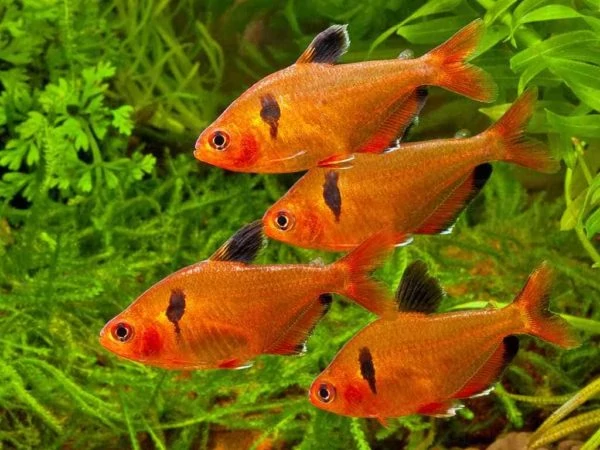



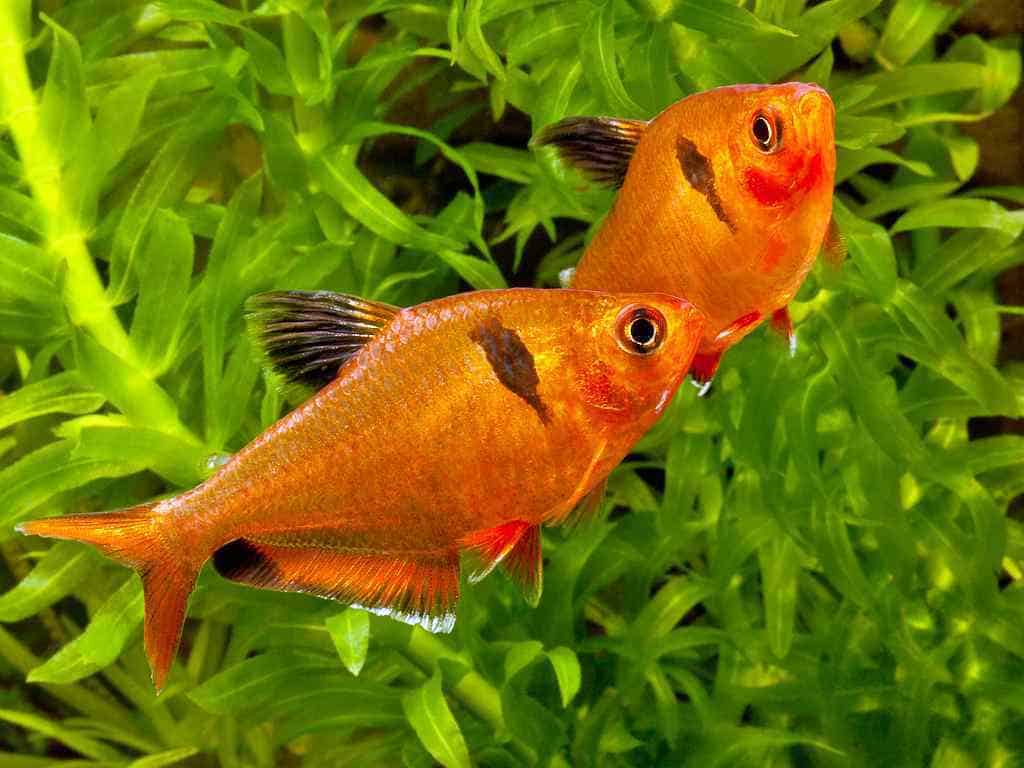


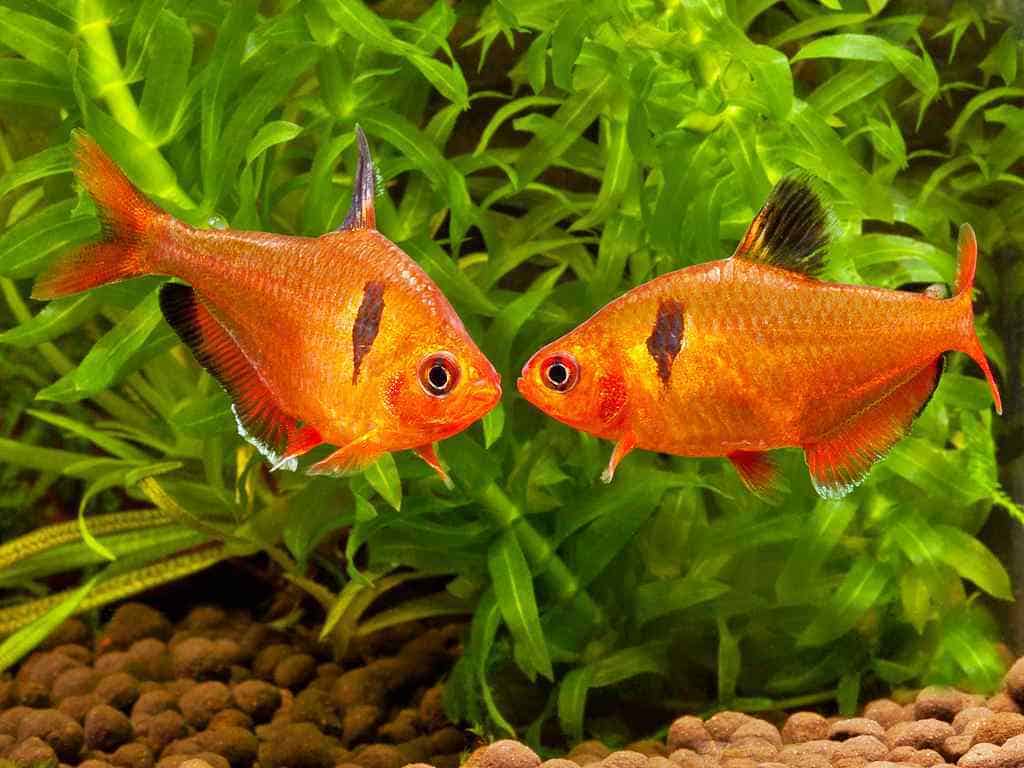




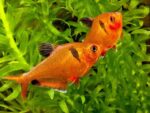

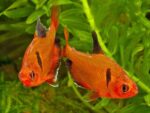








Reviews
There are no reviews yet.